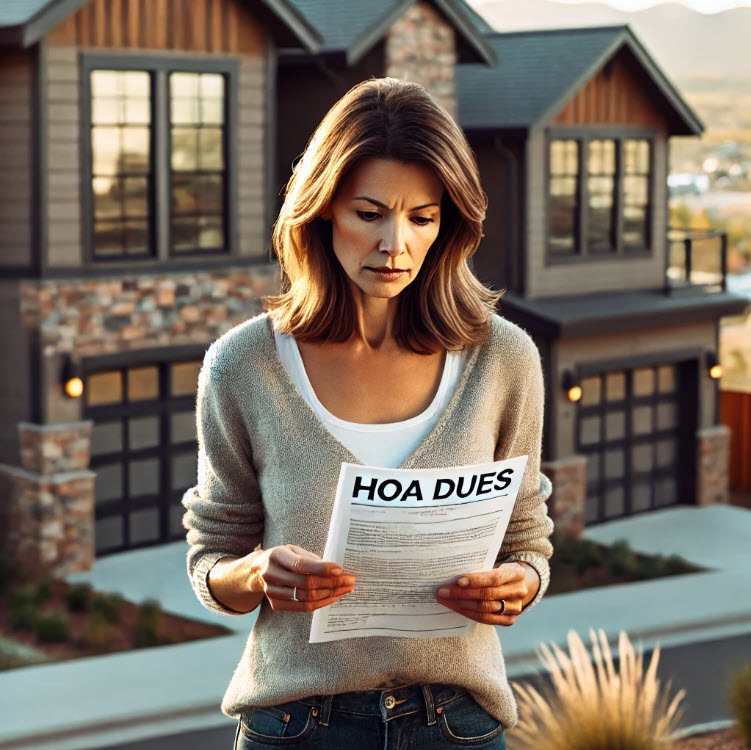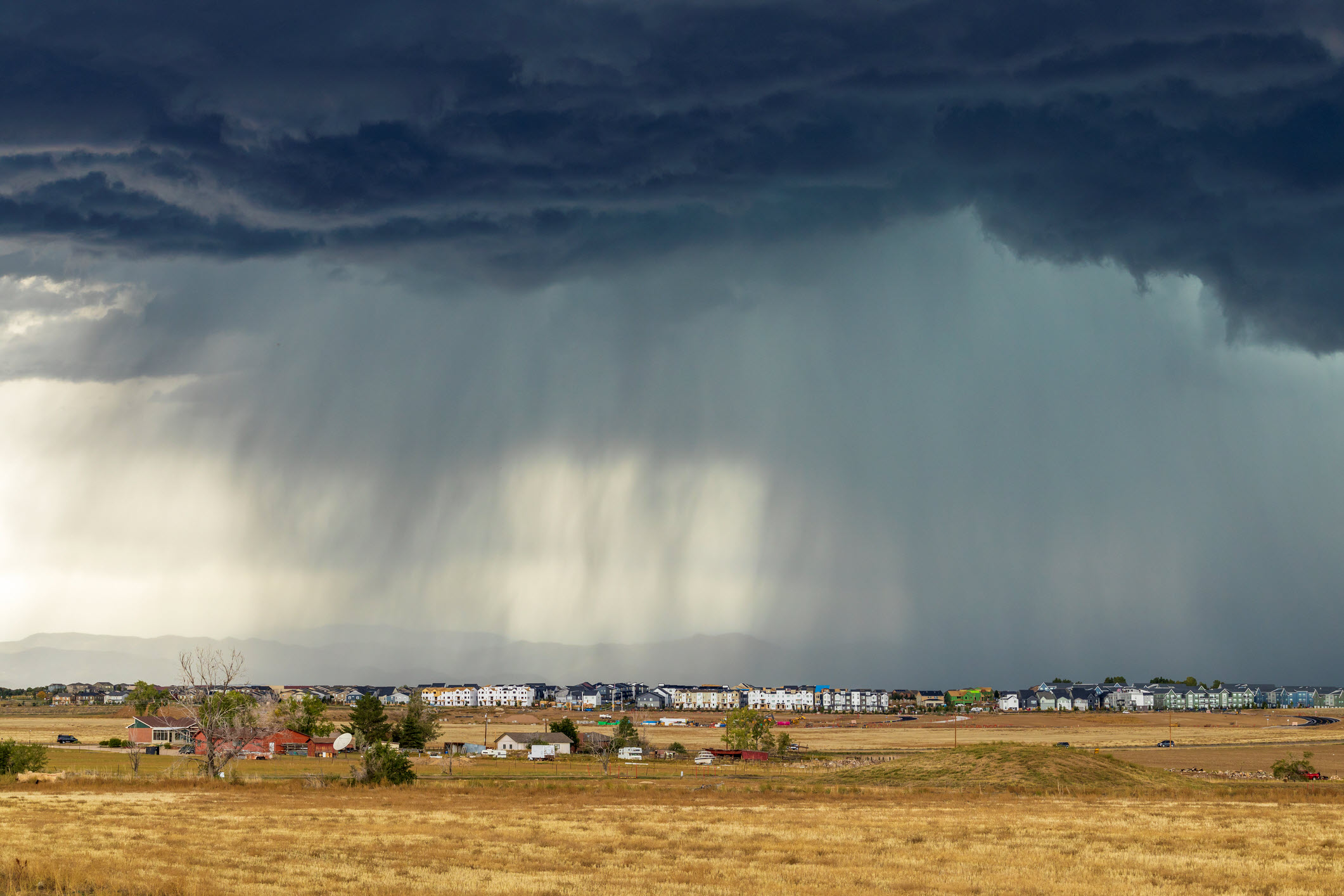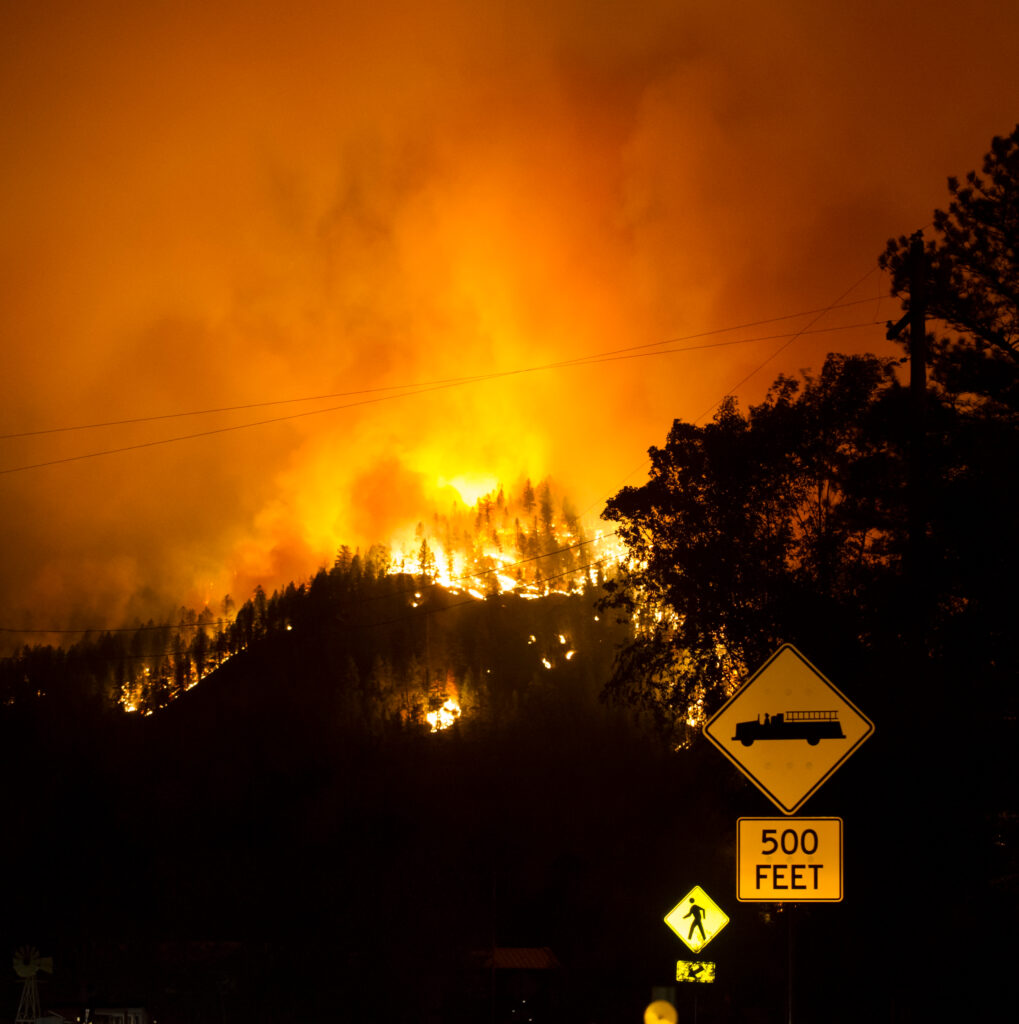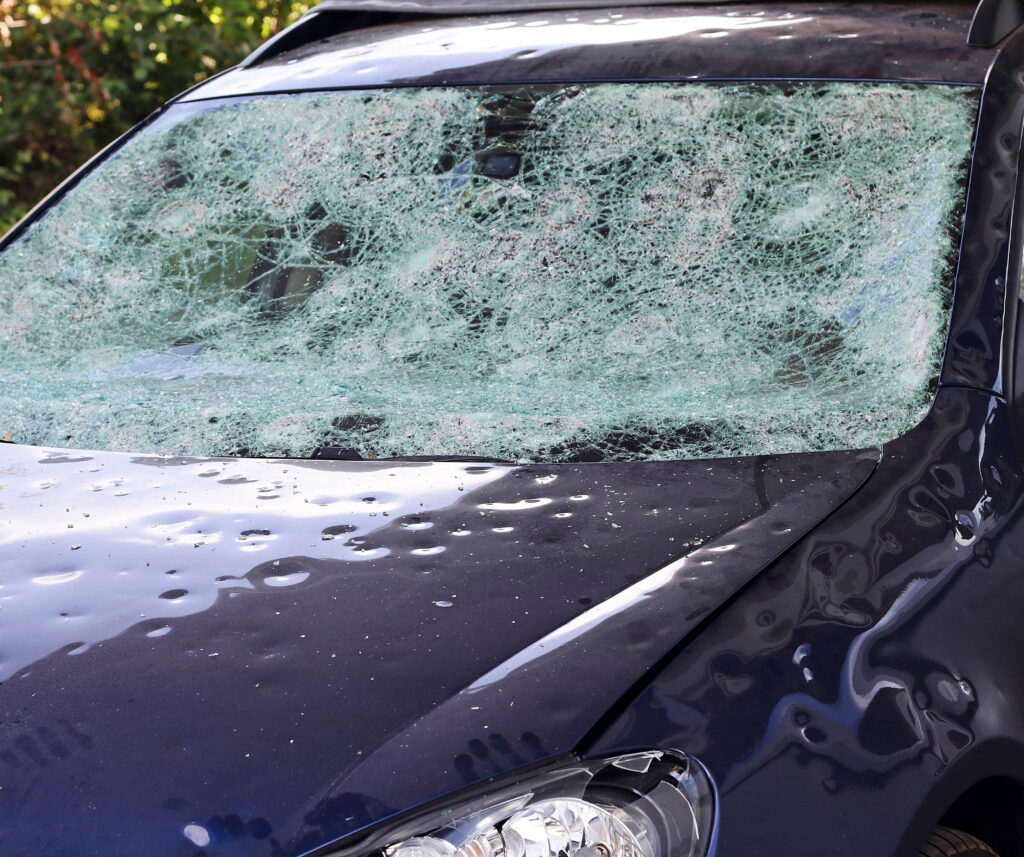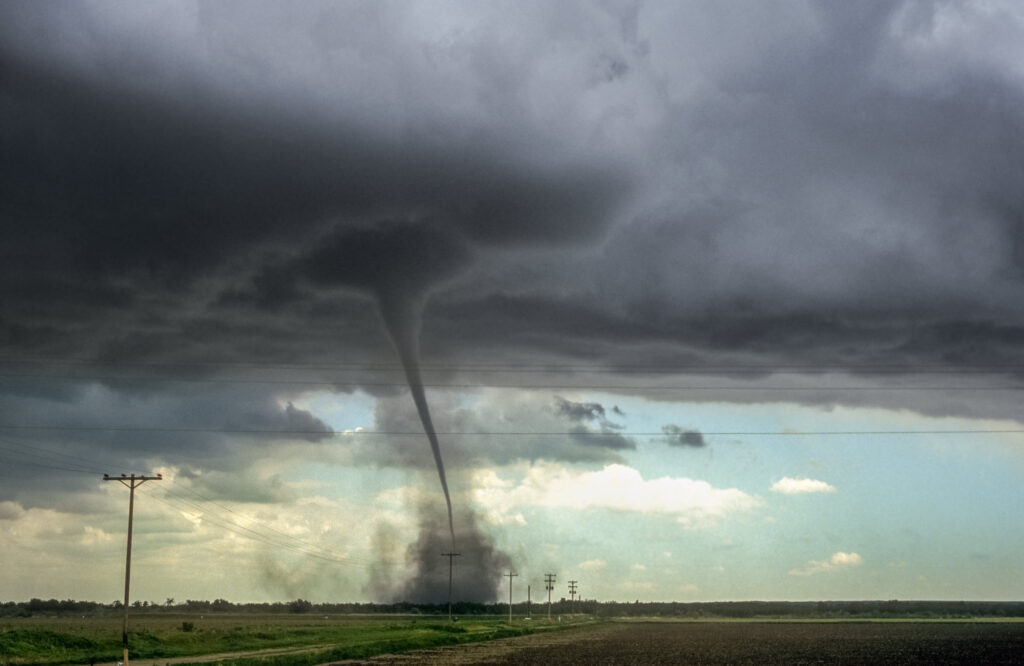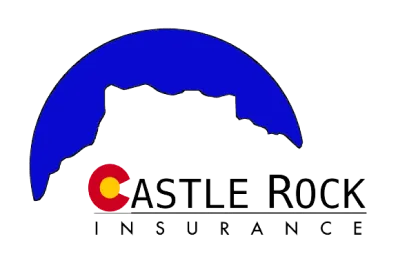Colorado HOAs have been experiencing surging insurance costs in the last year driving up premiums for homeowners in Colorado. Why is everything getting so expensive in Colorado? This article will explain the jump in costs and how your HOA can save money on insurance costs.
Why HOA Insurance Premiums Are Rising in Colorado
As Colorado’s population continues to grow, new housing developments are expanding into areas that were previously considered too hazardous for residential construction. This urban sprawl is reshaping the insurance landscape, with more properties now requiring costly fire risk coverage. Communities that once enjoyed low-risk status are now facing reevaluations by insurers, leading to steep premium hikes.
Beyond new developments, the increasing frequency and severity of extreme weather events have made it more expensive to insure HOA communities. Colorado’s unique combination of wildfire-prone terrain, hailstorms, and rapidly fluctuating temperatures creates an environment where insurers are facing greater financial exposure than ever before.
Rising Costs in 2025: What HOAs Are Paying
HOA insurance premiums have surged across the state, with many communities struggling to keep up with mounting costs. Below are the latest figures on what HOAs are paying in 2025:
- General HOA Master Policy: $25,000–$45,000 per year for small-to-medium associations; larger communities see costs exceeding $100,000 annually.
- High-Risk Wildfire Zones: Properties near forested areas or grasslands are seeing premiums surpass $150,000 annually, with some communities struggling to find coverage at all.
- Hail-Prone Areas: In regions like the Front Range, HOAs face surcharges of 15–30% due to repeated hail claims, with some policies including higher deductibles to offset insurer losses.
- Urban Areas: Liability insurance premiums are rising by $5,000–$15,000 annually as crime, vandalism, and property damage claims increase in densely populated areas.
What’s Driving HOA Insurance Costs Higher?
Escalating Wildfire Risk
Colorado’s wildfire seasons are longer, more intense, and more destructive than ever before. The Marshall Fire in 2021, which destroyed over 1,000 homes and caused $2 billion in damages, set a new precedent for wildfire losses. Insurers have responded by raising rates, restricting coverage in fire-prone areas, and in some cases, exiting the market entirely. In 2025, HOAs near wildfire-prone regions are seeing premium increases of 30–50%, with some policies becoming prohibitively expensive or outright unavailable.
The expansion of residential communities into the wildland-urban interface (WUI) has compounded the issue. As homes are built closer to heavily wooded or brush-heavy areas, the risk of wildfire damage spreads, forcing insurers to reevaluate their risk models. Even HOAs that previously enjoyed moderate insurance rates are seeing sharp increases as fire risk mapping evolves.
Hail and Severe Weather Damage
Colorado’s infamous “Hail Alley” continues to be a major driver of insurance costs. The state experiences some of the most damaging hailstorms in the country, with single storms causing upwards of $1.9 billion in property damage. In 2023, hail-related insurance claims totaled $1.5 billion statewide, contributing to double-digit premium increases in hail-prone areas.
For HOA communities, the impact is significant. Repeated roof replacements, exterior damage claims, and rising construction costs have made it increasingly expensive to insure properties. Insurers are responding by either raising premiums or implementing higher deductibles for wind and hail damage, leaving HOAs with fewer affordable options.
Construction Costs and Inflation
Between 2021 and 2024, construction costs in Colorado surged by 18%, directly impacting the cost of rebuilding and repairs. Rising material prices, supply chain disruptions, and labor shortages have driven up the cost of claims, forcing insurers to increase premiums to keep up with these expenses.
For HOAs, this means higher replacement cost valuations and larger policy limits, which in turn drive up insurance costs. Many communities are finding that even with proactive maintenance, they are still paying significantly more due to inflated repair and labor costs.
Struggles in the Reinsurance Market
Reinsurance—essentially, the insurance that insurance companies buy—plays a critical role in determining policy costs. The rise in global climate disasters has made reinsurance more expensive, as companies seek to limit their exposure to catastrophic losses. Since Colorado has a high concentration of climate-related risks, HOAs are seeing these costs passed down in the form of steeper premiums.
Additionally, some major insurers have reduced their presence in Colorado or stopped writing new HOA policies altogether. This limited competition has given remaining insurers more control over pricing, leading to fewer affordable options for HOAs looking to renew policies.
Crime and Urban Expansion
In urban areas, the rising costs of liability insurance are another concern. Increased claims related to vandalism, theft, and property damage have led to premium hikes in densely populated HOA communities. Some policies have seen additional surcharges due to an uptick in break-ins, fraudulent claims, and legal disputes over liability coverage.
As new developments extend into high-risk zones, liability concerns become even more pronounced. HOAs in these areas often face unique coverage challenges, including the need for additional security measures, which can further drive up costs.
How Rising Costs Are Impacting HOAs and Homeowners
The financial burden of rising premiums is hitting both HOAs and homeowners hard. Communities that once had manageable insurance expenses are now struggling to keep costs under control. In some cases, monthly HOA fees have doubled within just a few years.
For example, a condo complex in Arvada saw its HOA dues increase from $346 to $620 per month due to escalating insurance costs. These jumps are making homeownership more expensive, slowing down real estate sales, and discouraging new buyers from purchasing properties in high-risk areas.
In response, many HOAs are choosing policies with higher deductibles as a way to keep premiums in check. While this may lower the upfront cost, it shifts more financial risk onto homeowners. In the event of a major claim, residents could face large special assessments to cover deductibles or uninsured damages.
Ultimately, the rapid rise in insurance premiums is reshaping how HOAs manage risk and budget for long-term expenses. With costs showing no signs of slowing down, communities across Colorado are being forced to reevaluate their insurance strategies and financial planning.
Comprehensive Strategies for HOAs to Mitigate Rising Insurance Costs
As insurance premiums climb in Colorado, homeowners associations (HOAs) must take a proactive, strategic approach to keep policies reasonable and budgets manageable. By focusing on risk mitigation, policy optimization, and community-wide initiatives, HOAs can effectively address rising insurance costs while maintaining quality of life for residents. Below are detailed strategies to help HOAs navigate this challenge.
1. Conduct Regular Insurance Policy Audits
Frequent reviews of insurance policies are crucial for ensuring HOAs aren’t overpaying for coverage. These audits can identify areas where coverage is excessive, outdated, or misaligned with the community’s current needs. Key steps include:
- Reassessing Deductibles: HOAs with substantial reserve funds can increase deductibles to lower premiums without compromising financial security.
- Updating Replacement Costs: Confirm that the policy reflects accurate replacement values, especially after upgrades or renovations.
- Eliminating Redundant Coverage: For example, if roofs or major systems have been replaced, notify the insurer to adjust premiums based on reduced risk.
- Exploring Discounts: Many insurers offer discounts for bundling policies or implementing risk-reduction measures.
Regular policy reviews, ideally conducted with a knowledgeable insurance broker, can uncover significant savings while ensuring adequate protection.
2. Partner with Local Insurance Experts
Working with experienced insurance brokers, like Castle Rock Insurance, can provide access to a broader range of coverage options and expert guidance. Brokers can:
- Compare Policies Across Providers: Brokers can shop for the best rates and identify carriers with favorable terms for Colorado-specific risks, such as wildfires or hailstorms.
- Provide Risk Management Advice: Brokers can assess vulnerabilities within the community and suggest practical measures to reduce exposure, like fire-resistant landscaping or upgraded storm-resistant materials.
- Negotiate Favorable Terms: Brokers often have the leverage to negotiate lower premiums based on community-wide initiatives.
3. Implement Comprehensive Risk Mitigation Measures
Proactively reducing risks not only safeguards the community but also demonstrates to insurers that the HOA is a lower liability, leading to reduced premiums. Effective measures include:
- Wildfire Prevention:
- Create defensible spaces by clearing brush and flammable vegetation around buildings.
- Install fire-resistant materials for roofs, siding, and decks.
- Establish community-wide emergency response plans and regular wildfire drills.
- Hail and Windstorm Protection:
- Use impact-resistant roofing materials.
- Install reinforced windows and doors.
- Maintain landscaping to prevent trees from falling during storms.
- Security Enhancements:
- Invest in a community-wide security system, such as surveillance cameras and gated access, to deter theft and vandalism.
- Improve lighting in common areas to reduce liability risks.
4. Build and Maintain Strong Reserve Funds
A well-funded reserve allows HOAs to manage higher deductibles, which can significantly reduce premium costs. To strengthen reserves:
- Conduct regular reserve studies to ensure the community’s savings align with long-term repair and replacement needs.
- Implement incremental fee increases, if necessary, to avoid large, sudden assessments during emergencies.
A robust reserve fund also positions the HOA as financially stable, which can make insurers more willing to offer favorable terms.
5. Invest in Preventative Maintenance
Well-maintained properties present a lower risk to insurers, leading to reduced premiums. Key initiatives include:
- Regular Inspections: Schedule inspections for plumbing, electrical systems, and structural components to identify and address issues before they become costly claims.
- Timely Repairs: Address wear-and-tear issues promptly, such as fixing leaks, replacing damaged roofing, or updating outdated electrical systems.
- Community-Wide Projects: Organize group efforts to upgrade infrastructure, such as replacing old roofs or installing modern HVAC systems.
Insurers reward proactive maintenance with lower rates, as these efforts reduce the likelihood of large-scale damage and claims.
6. Explore Alternative Insurance Solutions
To maximize savings, HOAs can explore innovative insurance solutions such as:
- Policy Bundling: Combine property insurance with additional coverage, such as flood or liability insurance, to unlock multi-policy discounts.
- Captive Insurance Programs: Larger HOAs may consider forming or joining a captive insurance group, pooling resources with other associations to secure customized policies and lower costs.
- Risk-Sharing Pools: Collaborate with other HOAs to spread liability across multiple communities, reducing individual premiums.
7. Educate and Engage Residents
A unified community effort can make risk management and cost reduction more effective. Encourage residents to:
- Participate in Risk-Reduction Efforts: Volunteer for landscaping or security initiatives.
- Maintain Individual Units: Keep properties in good condition to reduce the likelihood of shared insurance claims.
- Support Reserve Fund Contributions: Understand the importance of a healthy reserve fund in keeping overall costs manageable.
Transparent communication about the HOA’s financial strategies fosters collaboration and reduces resistance to necessary changes.
There Is Hope to Lower Out-of-Control HOA Insurance Premiums
While skyrocketing HOA insurance premiums in Colorado present significant challenges, many strategies can help communities regain control over costs. By taking a proactive, multi-faceted approach that includes risk mitigation, strategic policy management, and strong partnerships with knowledgeable insurance brokers, HOAs can significantly reduce expenses while maintaining comprehensive coverage. The key is to address the factors driving premium increases head-on and position the community as a lower-risk, well-managed property in the eyes of insurers.
1. Conduct a Thorough Insurance Policy Audit
Many HOAs renew their policies each year without closely reviewing their coverage, leading to outdated policies, excessive coverage, or missing cost-saving opportunities. A comprehensive audit can identify areas where adjustments can be made to reduce premiums without sacrificing necessary protections. Working with an experienced insurance broker is critical during this process, as they can compare policies across multiple providers and ensure the HOA is getting the best deal.
- Reassess Policy Limits: Ensure coverage amounts reflect current property values, avoiding over-insurance that leads to unnecessary costs.
- Evaluate Deductibles: Higher deductibles generally lower premiums. If the HOA has a strong reserve fund, increasing deductibles could result in significant savings.
- Bundle Policies: Consolidating multiple coverages (property, liability, umbrella, and directors & officers insurance) with a single provider can lead to multi-policy discounts.
- Check for Unnecessary Coverage: Some HOAs pay for coverage on outdated structures, amenities, or common areas that no longer require the same level of protection.
2. Work With an Experienced HOA Insurance Broker
One of the most effective ways to save on HOA insurance is by partnering with an experienced insurance broker who specializes in working with associations. Unlike captive agents who represent a single insurer, independent brokers have access to multiple carriers and can negotiate better rates on behalf of HOAs.
- Leverage Market Comparisons: Brokers can shop around for competitive rates and coverage options, ensuring the HOA isn’t overpaying.
- Gain Access to Exclusive Policies: Some insurers only work with brokers, meaning HOAs can secure better rates and more comprehensive policies that wouldn’t be available otherwise.
- Negotiate Better Terms: Experienced brokers understand industry trends and can negotiate terms that fit the HOA’s needs, including lower deductibles or additional discounts.
- Receive Ongoing Guidance: A good broker doesn’t just sell policies—they provide risk management advice and ongoing support to help HOAs navigate claims and renewals.
3. Implement Comprehensive Risk Mitigation Strategies
Insurance companies assess risk when determining premium costs, and HOAs that take proactive steps to minimize risks can often secure lower rates. By investing in preventative measures, communities can significantly reduce claims, making them more attractive to insurers.
Wildfire Risk Reduction
- Maintain defensible spaces around buildings by removing brush, dead trees, and flammable landscaping.
- Use fire-resistant materials for roofing, siding, and decks.
- Install ember-resistant vents to prevent windblown embers from entering buildings.
- Work with local fire departments to develop emergency evacuation plans and educate residents.
Hail and Severe Weather Protection
- Upgrade to impact-resistant roofing materials to reduce damage from hailstorms.
- Install reinforced windows, shutters, and storm doors.
- Encourage regular roof inspections to identify weak spots before a major storm.
- Apply protective coatings to common area exteriors to minimize damage from hail and wind.
Crime and Liability Prevention
- Invest in security measures such as surveillance cameras, gated entry systems, and adequate lighting.
- Regularly inspect and maintain common areas to reduce slip-and-fall hazards.
- Establish clear guidelines for resident responsibilities to prevent unnecessary liability claims.
- Ensure all playgrounds, pools, and other recreational spaces meet safety standards.
4. Strengthen HOA Reserve Funds to Optimize Insurance Costs
Insurance premiums are lower for financially stable HOAs. A well-funded reserve account allows an HOA to increase deductibles, self-insure for minor damages, and avoid emergency assessments that could impact its financial reputation.
- Regularly Assess Reserve Levels: Conduct periodic reserve studies to ensure the community has adequate savings for maintenance and emergency repairs.
- Gradually Increase Reserves: If reserves are low, implement gradual dues increases rather than sudden hikes that strain homeowners.
- Use Reserve Funds for Preventative Maintenance: Investing in routine upkeep reduces the need for large-scale claims, helping maintain lower premiums.
5. Engage Homeowners in Cost-Saving Initiatives
Reducing insurance costs is a collective effort, and homeowner engagement can make a significant difference. When residents take personal responsibility for reducing risks, insurance claims decrease, leading to better rates for the entire community.
- Encourage Personal Home Insurance: Homeowners should maintain adequate coverage for their units, preventing the HOA from absorbing unnecessary liabilities.
- Implement Safety Committees: Establish resident-led committees to oversee fire prevention, security, and property maintenance efforts.
- Promote Individual Risk Reduction: Educate homeowners about best practices such as keeping balconies clear of flammable materials, securing personal property, and promptly reporting maintenance issues.
6. Advocate for Legislative and Policy Changes
Colorado HOAs can also work together to advocate for legislative initiatives that promote fair insurance pricing. Some states have implemented HOA-focused insurance programs or government-backed risk pools to help mitigate rising costs.
- Support initiatives that encourage more insurance carriers to enter the Colorado market, increasing competition and lowering rates.
- Push for state-sponsored FAIR plans or high-risk insurance pools to provide coverage options for wildfire-prone areas.
- Encourage regulatory oversight to ensure insurance pricing remains reasonable and transparent.
HOAs Can Take Control of Their Insurance Costs
While rising premiums are a major concern, Colorado HOAs are not powerless. By working with experienced insurance brokers, investing in risk mitigation, and maintaining strong financial reserves, communities can proactively lower their insurance costs. The key is to take action before renewals arrive, positioning the HOA as a well-managed, low-risk community

